The answer to this question is that there are many answers, but the most common approach is to use a linear feedback shift register. I started with this idea and breadboarded two 8-bit shift registers (TI part CD54/74AC164E) clocked by a 555 timer in astable mode. I left the data serial inputs of the shift registers floating. Prior to adding XOR gates (the linear feedback part), I tested this circuit with LEDs to visualize what is happening. As it turns out, the two shift registers start out in different states (presumably because their data inputs are floating). Their states remain unsynchronized as they continue to shift, which you can see in this video:
https://www.kellyheatonstudio.com/blog/2018/9/6/shift-registers
The two 8-bit shift registers are in the center region of my breadboard. On the right is a 555 timer in astable mode which provides a clock pulse of about 1x per second. On the left is a 5 volt regulator - this part is irrelevant if you have the correct DC supply voltage, but mine is 12 VDC.
Perhaps this hacked approach is all the apparent randomness that I need (I am an artist, not a cryptographer). If not, I will add linear feedback and/or follow @crj11's advice below regarding the exploitation of the metastable characteristics of flip flops (which are what's inside of the shift registers). Either way, I think by using multiple shift registers and multiple 555 timers I won't need a lot of feedback and certainly nothing fancy in order to make the system appear random --even though it's not, technically.
As for the frequency of my events (often, sometimes, rarely...), I plan to clock different shift registers at different speeds. Applying logic gates to the outputs of these different registers (at different clock speeds) should give me the general categories of event frequency that I am seeking, since faster clock speeds will result in more logical "positives" (or whatever is the correct terminology). I hope this makes sense.
Below are a few resources for people who, like me, don't know the correct terminology or understand how shift registers are used for pseudorandom number generation.
Good general overview to answer the question “what is a linear feedback shift register” (LFSR):
https://zipcpu.com/dsp/2017/11/11/lfsr-example.html
On choosing taps for a linear feedback shift register:
https://cs.stackexchange.com/questions/1121/choosing-taps-for-linear-feedback-shift-register
Mini project on how to implement a LFSR: https://www.slideshare.net/KishoreChandrahasVanam/lfsr
Another helpful paper on using an 8-bit LFSR (i.e. Texas Instruments chip CD54/74AC164):
https://pdfs.semanticscholar.org/320a/8b2e781ac6165b400eca96047489685fd1f7.pdf


